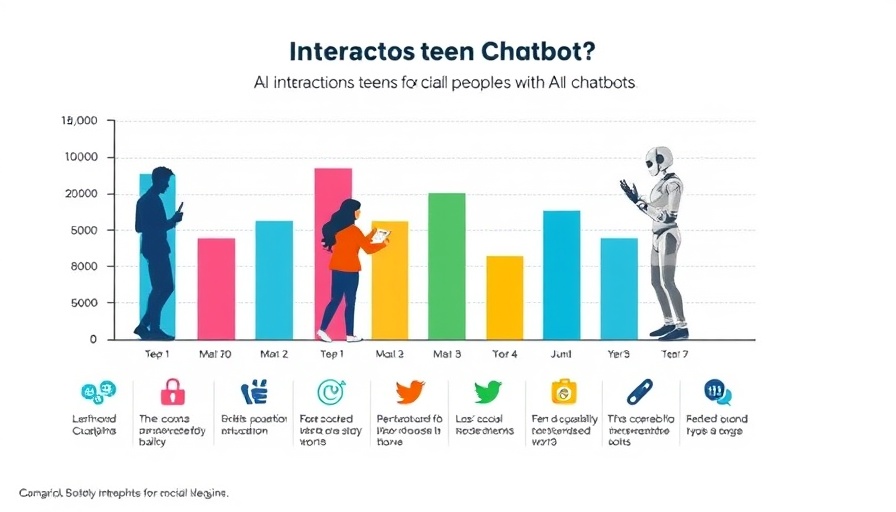
Unlocking Social Media Success in Education: Q1 2025 Insights
As 2025 unfolds, educational institutions are increasingly recognizing the power of social media in driving growth and engagement. But how do you measure success in such a dynamic landscape? According to recent benchmarks, knowing when and how often to post is crucial. With best times for engagement spread across various platforms, educators must tailor their strategies to maximize exposure and connection with their audience.
Best Times for Educational Posts
Time is of the essence when it comes to social media engagement. Findings reveal that the best time to post on Facebook is at 12 PM on Thursdays, while Instagram sees heightened engagement during late mornings and early afternoons on Saturdays. For those active on X (Twitter), evenings on Tuesdays and Thursdays yield the best results, whereas LinkedIn posts are most effective at 10 AM on Wednesdays and 12 PM on Fridays.
How Often Should Institutions Post?
Each institution will find its ideal posting frequency, but statistics suggest trends in the education sector. Educational institutions on Facebook typically post around four times a week, while the engagement rate peaks when posting frequency aligns with content quality — a sweet spot of three posts per week can provide an engagement boost of around 2.86%. For Instagram, maintaining a busy schedule with 5-7 posts weekly works wonders to keep the audience engaged.
Engagement Rates: Are Yours Up to Par?
Maintaining a pulse on your engagement metrics is vital. As of January 2025, the average engagement rates across major platforms show that Instagram leads with 1.63%, followed closely by Facebook at 2.19%, and LinkedIn at 2.01%. Understanding these benchmarks allows educational institutions to gauge their performance and adapt their strategies accordingly.
Content That Resonates: What to Post?
Determining the right content mix is essential. On Facebook, posts featuring albums drive the most engagement, while Instagram users appreciate carousel posts, generating double the engagement of video Reels. On LinkedIn, visuals dominate, outperforming standard posts with links.
Follower Growth: Set Realistic Goals
Recognizing the benchmarks for follower growth can help educational institutions align their strategies effectively. In Q4 2024, educational establishments on Facebook reported a mere 0.48% weekly growth rate. Tailoring growth plans and integrating community-building strategies can help improve this figure over time.
Why Social Media Benchmarks Matter
Social media benchmarks serve as a roadmap for institutions, helping them assess their current standing within the educational sector. By comparing performance against industry standards, educators can set realistic objectives and improve engagement metrics effectively.
Leveraging Insights for Strategic Growth
It’s not enough to just collect data; educational institutions must leverage these insights to refine their messaging and strategies. Proactive tracking can reveal evolving trends, opening doors for innovative campaigns that strategically engage the academic community.
Practical Tips to Enhance Your Social Media Strategy
Consider testing different post formats to discover what resonates best with your audience. Employ visual storytelling through high-quality images and videos, and don’t shy away from using interactive elements like polls to encourage participation.
Conclusion: Taking Action with Benchmarks
As the landscape of educational engagement evolves with technology, understanding social media benchmarks is more crucial than ever for institutions wanting to thrive. By analyzing and adapting their approach based on industry standards, educators can foster deeper connections and ensure continuous improvement. Is your institution ready to leverage these insights for strategic growth?
 Add Row
Add Row  Add
Add 


Write A Comment